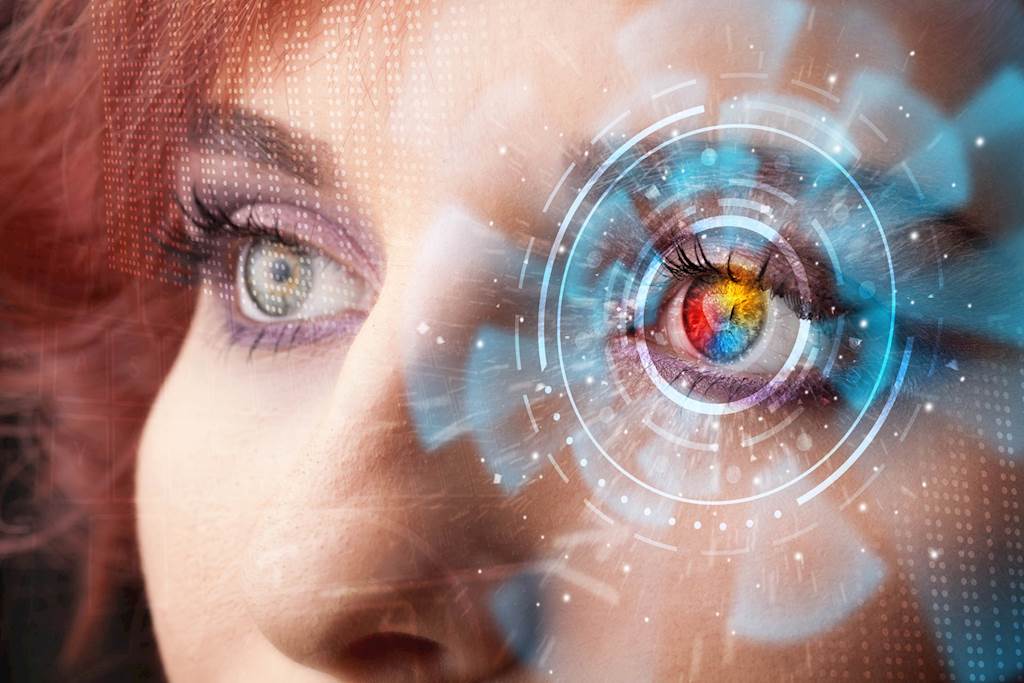Investing in HR technology is more important than ever. The development of AI systems and cognitive tools is driving significant changes to the way that work is completed or organized and we are only seeing a glimpse of the power of AI at this stage.
What exactly is an augmented workforce?
An augmented workforce is a blend of human employees and technology working on tasks together. By utilizing AI and cognitive technologies, companies are already learning how they can streamline processes and create more efficient workforces. Machine learning is a key element of this, where computer programs access data and learn for themselves.
The journey
Philosophers studied the idea of building a machine that had the intelligence of a human, basically an electronic brain. Of course, the breakthrough for this was the introduction of the first digital computer in the 1940s. Since then, the capabilities of digital computers have evolved massively and the digital revolution has shaped the world’s working processes.
Traditional manual jobs are becoming obsolete or changing considerably because new technology capabilities can drive great efficiencies. The automation of processes that were typically performed by a human is resulting in reduced jobs of this nature. For businesses, efficiencies leverage profits so it is easy to see why so many companies are investing in AI.
How many companies have an augmented workforce?
A recent article by Deloitte reported that 41% of companies have fully implemented or have made significant progress in adopting cognitive and AI technologies within their workforce. This means AI is not a futuristic vision but is being implemented in workplaces around the world right now.
How is AI being used by businesses?
There are many different ways that AI is being used, varying by industry and influenced by budget and in some cases company culture or ethos. Car manufacturers are working on driverless cars and driverless trains have been introduced in some countries, including Japan. Progress in this area will obviously have a major affect upon the number of driving jobs in the future with potential benefits being cost savings and increased safety.
In many businesses, AI is being used to for marketing automation, support and service, for example, the use of chat bots. They can answer questions based on keywords that the user types into the conversation and provide quicker customer service compared to a single employee manually managing multiple conversations.
Personal assistants like Siri do the same thing; they pick up keywords to find the most relevant option they can find. Whilst this can work very well in some cases, users can become frustrated if they are not getting the answer to their question because the technology is unable to interpret the context.
The rise of intelligent personal assistants in the home is the most recognized example of this with Amazon’s Alexa and Google Home pioneering the way for voice activated search.
How does AI affect HR?
With all of these changes, there will obviously be a huge shift in how HR teams support a business that is adopting increased levels of AI, and with this there are positives and negatives to consider. If change brings a large number of job losses, this can be a very difficult time for people. Many companies are being proactive in looking at ways that existing employees can be retrained to work within an augmented workforce. This involves developing an environment where employee roles are complemented by technology rather than replaced by.
HRZone recently advised that the real challenge for any organization is to create a culture where AI is seen as a positive rather than a threat to people’s jobs. Whilst this is going to be difficult for many HR departments to achieve, there are some ways of doing this. Having open and honest, two-way discussions about plans can help, preventing employees from perceiving it as a secret that they are not privy to because it means bad news to them. Wherever skilled workers can be retrained and given new positions will go a long way to employees maintaining a positive outlook. Having a great development program in place that can engage and inspire employees is critical to this.
Access the latest business knowledge in HR
Get Access





Comments
Join the conversation...